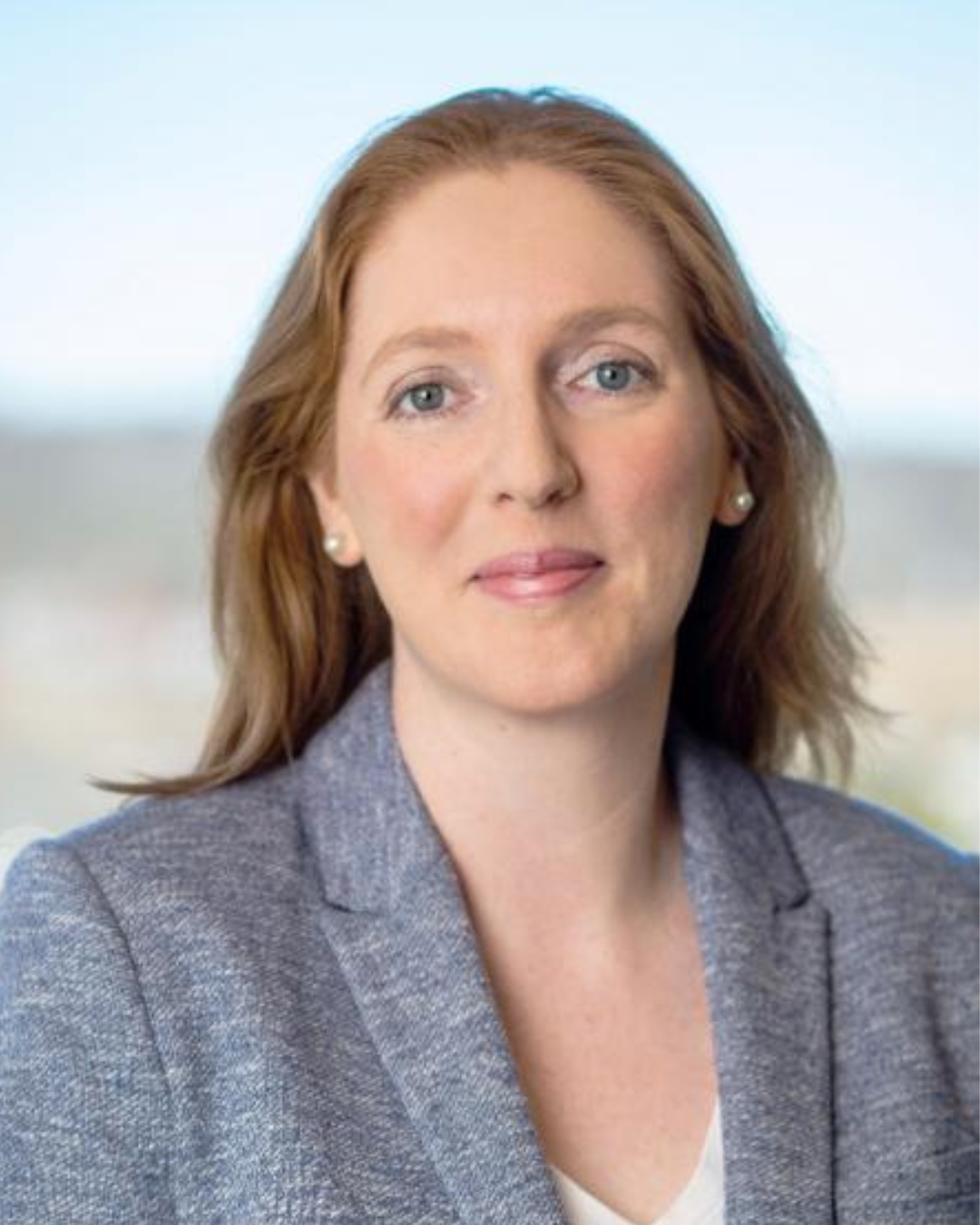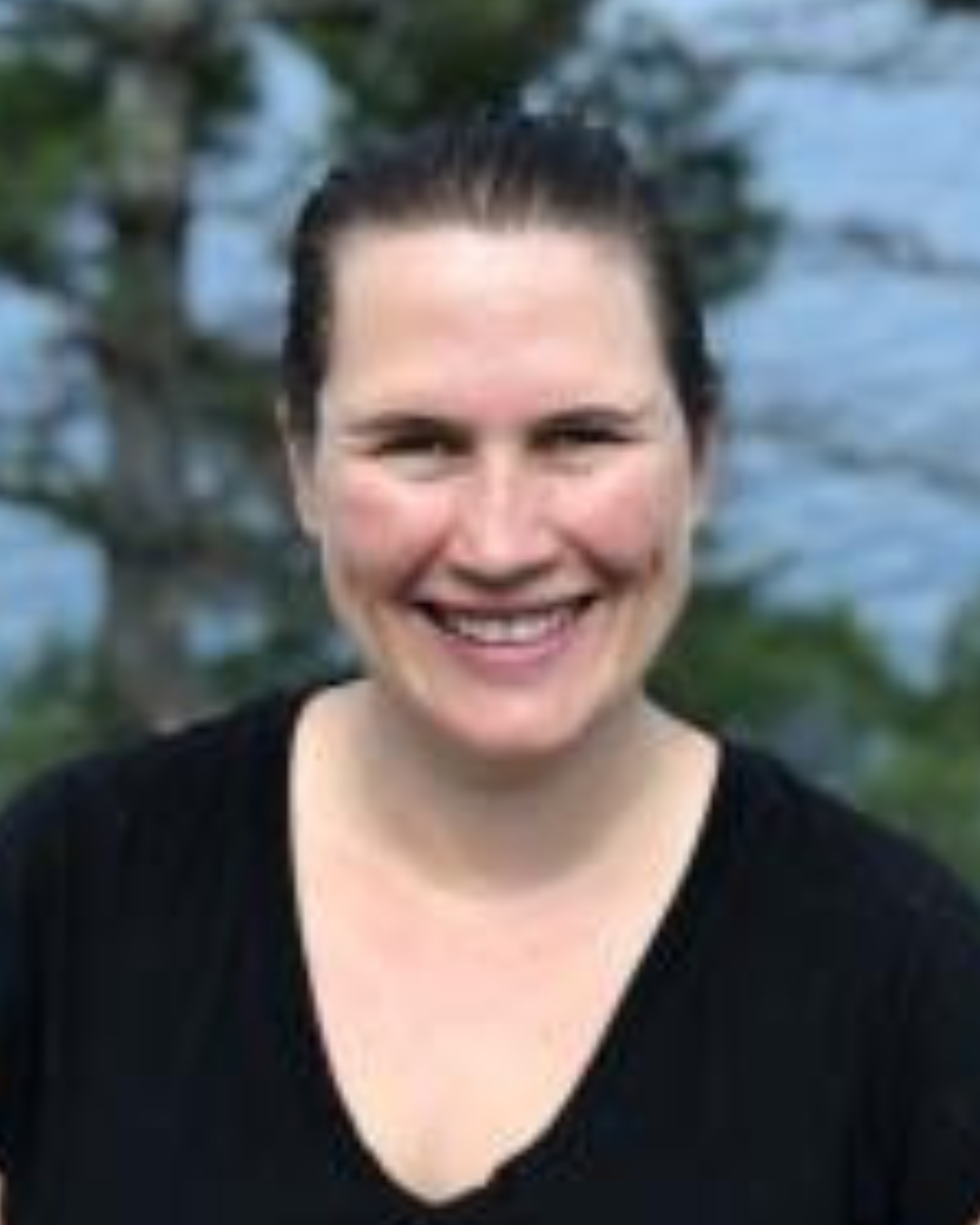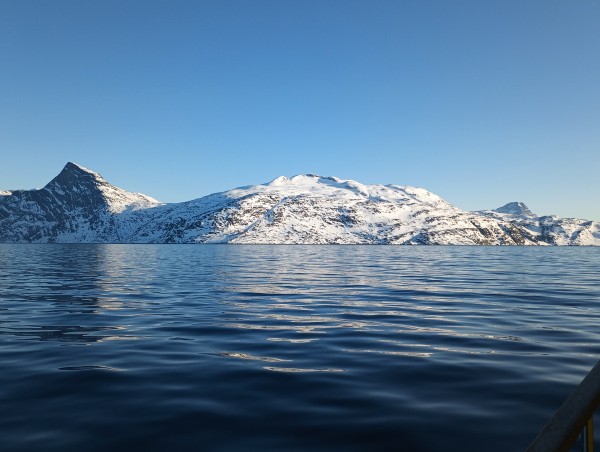Researchers’ New Paper Gives Overview of 20 Years of Laser-Derived Climate Data
The all-female team of scientists, including two from the University of Maryland Department of Geographical Sciences, centralize key findings from three NASA missions.
An all-female team of scientists recently worked together to review two decades of data from three NASA satellite missions in the hopes of creating a resource that non-experts can use to understand how ice, sea levels, forests, and other aspects of Earth’s climate system have changed as the planet warms.
The resulting resource is a new paper published in Nature Reviews Earth & Environment.

“I think it's incumbent on the experts to get together periodically to review the work that's been done, and to really try to highlight the major breakthroughs,” said Sinead Louise Farrell, an associate professor in the UMD’s Department of Geographical Sciences and paper co-author. “There's a lot of work that's published these days, and if you're a non-expert looking to dip into a particular field, a review is extremely important to obtain a summary and synthesis of the research.”
Farrell, who has a joint appointment in UMD’s Department of Atmospheric and Oceanic Science, and Laura Duncanson, GEOG assistant professor, worked alongside researchers from the University of Texas at Austin, the University of Buffalo, Scripps Institution of Oceanography at U.C. San Diego, and the NASA Jet Propulsion Laboratory at the California Institute of Technology. They analyzed data from the Ice, Cloud and land Elevation Satellite (ICESat), ICESat-2, and Global Ecosystems Dynamic Investigation (GEDI) missions.

"The University of Maryland has played a huge leadership role in this field, particularly for forest mapping by leading the NASA GEDI mission," said Duncanson. "GEDI has already produced a lot of high-level, exciting science in the forest sector, and with this article as evidence of the important contribution of these missions, we fully expect many more scientific advances to come."
GEDI’s Principal Investigator is GEOG Distinguished University Professor Ralph Dubayah, who has worked alongside Farrell and Duncanson to advance climate science by way of satellite missions. The technology utilized by GEDI and the other studied missions is called “satellite altimetry.” The paper includes a section that outlines what satellite altimetry is—in short, a process by which a laser or radar measures the height and shape of Earth’s varying surfaces, such as icebergs, trees, and bodies of water. It also reviews how satellite altimetry has been used since 1975.
“For any job, you have to have the right tools in the toolbelt to be successful. And what we're saying here is that this is a really fantastic tool that has the capability of measuring with high accuracy all these different aspects of the Earth system, not only the atmosphere and ocean, but also the biosphere and the cryosphere,” explained Farrell.
Collectively, the data points highlighted in the paper paint a sobering picture: In the last 20 years, Earth has experienced rapid, significant changes in a relatively short amount of time. For example, between 2003 and 2021, the Arctic has seen a 30% decrease in its volume of winter sea ice.
Farrell has “complete faith” that future generations of scientists and engineers will be able to address climate change issues, though—especially if satellite altimetry missions continue. The US does not currently have a follow-on satellite mission slated once the ICESat-2 and GEDI missions are complete, however.
“Not only do we have the skills to figure this out, we actually have already invented a lot of the solutions; it's just important to place those tools in the right hands,” she said. “That's what I tell my students, and that's why I spend every day working on getting satellite altimetry missions launched. We can’t protect the environment for future generations if we don't have the knowledge of how things are changing. Knowledge is our way out.”
Photo of calm fjord waters near Nuuk, Greenland is by Sinead Louise Farrell.
This article was written by Rachael Grahame and originally published by the College of Behavioral & Social Studies (BSOS)
Published on Tue, 01/30/2024 - 13:06


